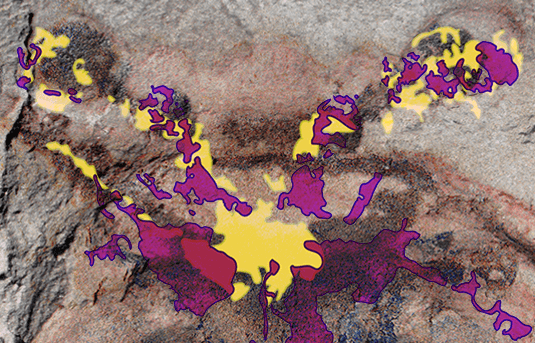It was a finding that sent ripples throughout the entire paleontology community: in 2012 the University of Arizona professor’s team discovered preserved brain tissue in the fossil of the sea-dwelling arthropod Fuxianhuia protensa, an animal that lived over 500 million years ago and was rather similar to modern shrimps. The finding was disputed and met with heavy criticism, because it was thought that brains decompose long before they can fossilize, but now, a new study proves the critics wrong.

Image credits: XIAOYA MA, LONDON MUSEUM OF NATURAL HISTORY
Nicholas Strausfeld and his colleagues didn’t back down when their ideas were contradicted by most researchers, and instead, they set out to find new evidence. Working with Xiaoya Ma, a paleobiologist from the Yunnan Key Laboratory for Palaeobiology at China’s Yunnan University, and Gregory Edgecombe, a paleobiologist from the Natural History Museum in London, he found seven other Fuxianhuia specimens with preserved neural tissues. Now, vindication is sweet.
“I felt that a subset of paleontologists were simply hide-bound: couldn’t countenance the possibility that brains might fossilize,” Strausfeld said about his 2012 discovery. “I think the three of us who have coauthored these various papers — Greg Edgecombe, Xiaoya Ma and myself — feel vindicated.”
They even went one step further, and described the conditions that can preserve these ancient brains before they disintegrate. You need an anoxic environment (very low in oxygen) which suppresses the microbial activity that alters the tissue. They believe that this environment was created by a rapid mudslide, that buried everything inside it.
“The kind [of fossil] we look at from the lower Cambrian obviously underwent very rapid burial, probably when still alive,” Strausfeld said.

Furthermore, pressure from the mud likely kept the tissues dry, again helping to keep them intact. All that was left there was a thin layer of carbon and some pyrite crystals – the mineral popularly known as fool’s gold. To confirm their hypothesis, researchers went all out on sandworms and cockroaches, burying them alive in clay (yikes!). They found that the creatures were compressed and thinned, but their neural tissue was still there.
Destroying cockroaches and destroying older theories sometimes go hand in hand, it seems.
“People, especially scientists, make assumptions,” he said in a statement. “The fun thing about science, actually, is to demolish them.”
Xiaoya Ma et al. Preservational Pathways of Corresponding Brains of a Cambrian Euarthropod, Current Biology (2015). DOI: 10.1016/j.cub.2015.09.063






